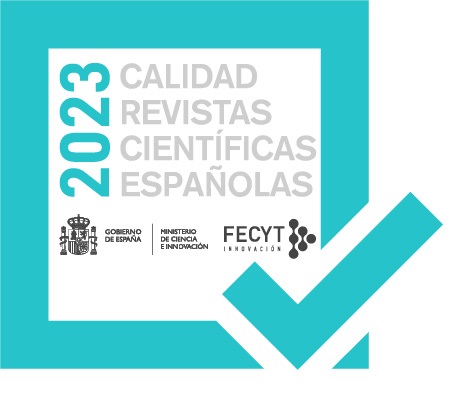Double object constructions in L3 English: An exploratory study of morphological and semantic constraints
Abstract
The present study examines the acquisition of double object constructions (DOCs) (Susan gave Peter an apple) by 90 Basque/Spanish learners of English as a third language (L3). The aim of this study was to explore whether (i) learners established a distinction when accepting DOCs vs. prepositional phrase constructions (PPCs) (Susan gave an apple to Peter), (ii) they were sensitive to the morphological and semantic constraints found in English DOCs and (iii) proficiency effects could be observed. Results from a self-paced reading task and an auto-paced reading task showed that Basque/Spanish learners were more accurate in morphosyntactic properties than in semantic ones. Even though learners showed difficulties in both morphological and semantic constraints, these seem to be overcome by increasing proficiency.Downloads
The works published in this journal are subject to the following terms:
1. The Publications Services at the University of Murcia (the publisher) retains the property rights (copyright) of published works, and encourages and enables the reuse of the same under the license specified in item 2.
2. The works are published in the electronic edition of the magazine under a Creative Commons Attribution Non-commercial Share Alike 4.0.
3.Conditions of self-archiving. Authors are encouraged to disseminate pre-print (draft papers prior to being assessed) and/or post-print versions (those reviewed and accepted for publication) of their papers before publication, because it encourages distribution earlier and thus leads to a possible increase in citations and circulation among the academic community.
RoMEO color: green









